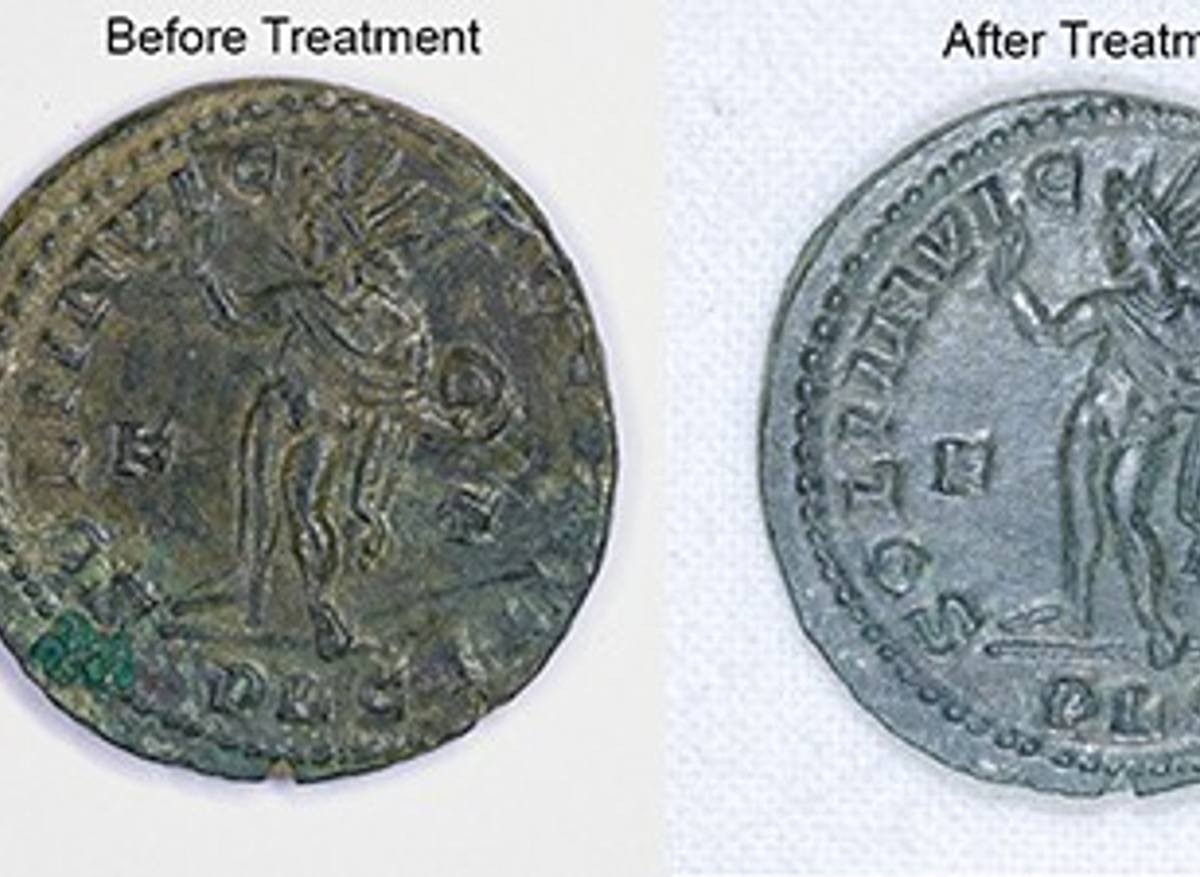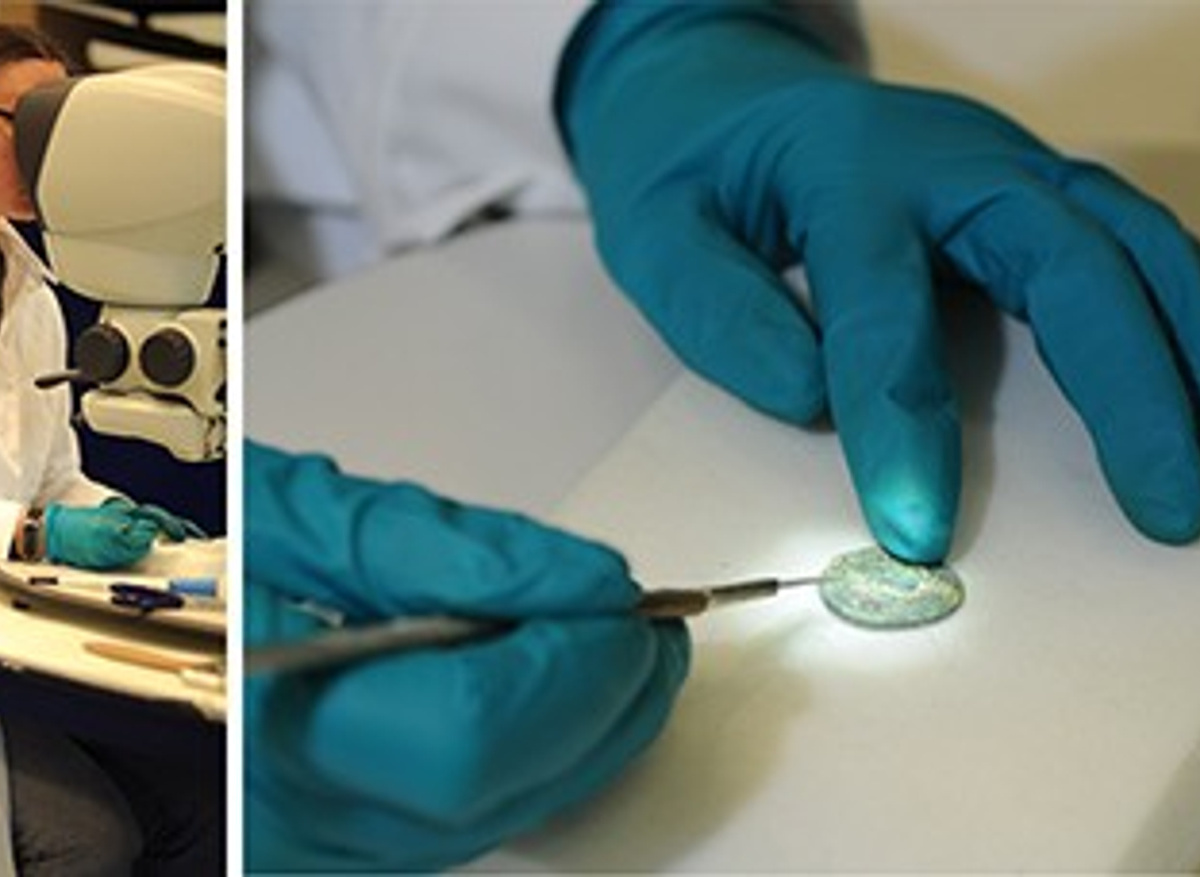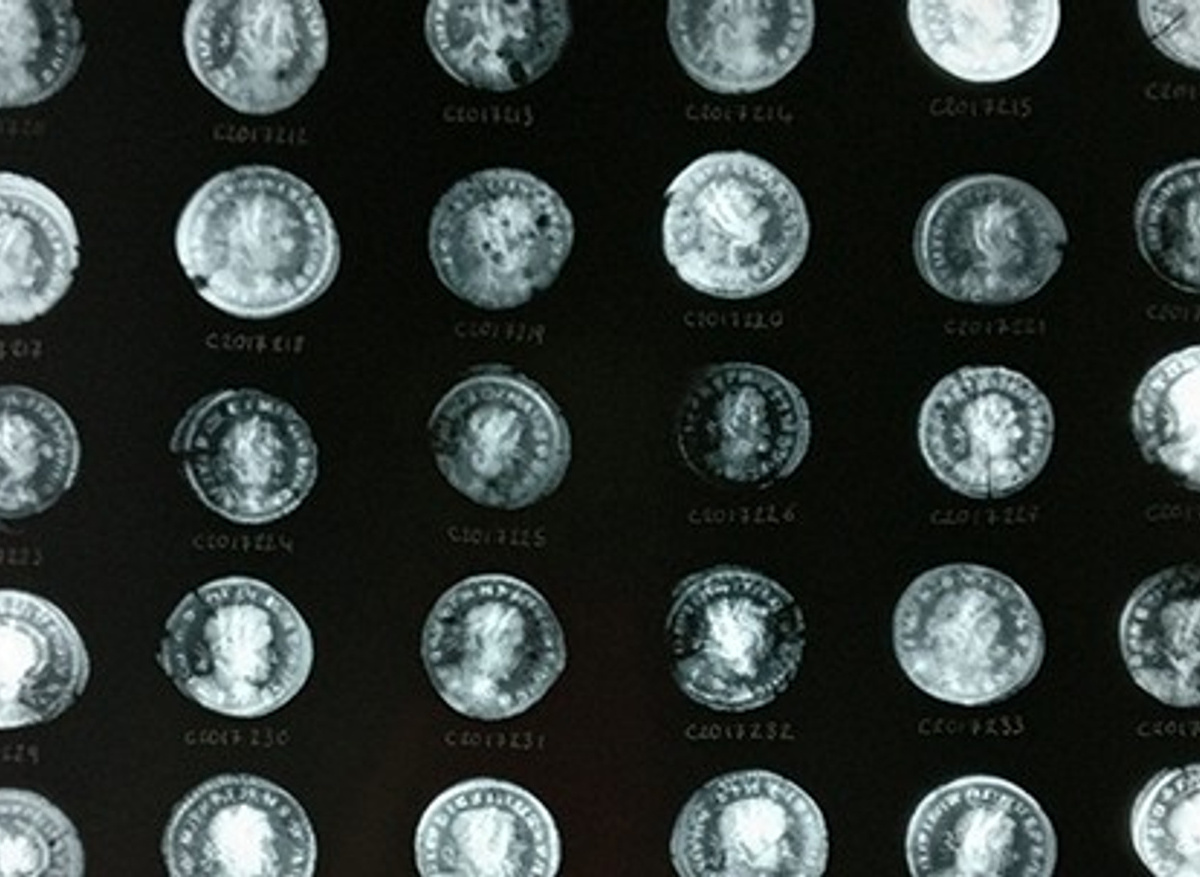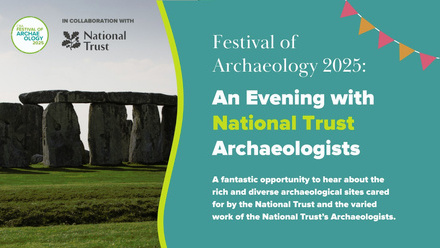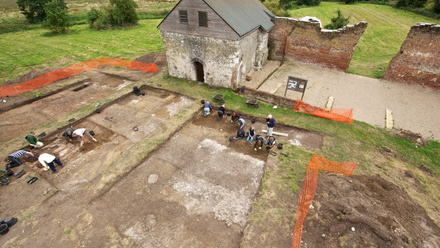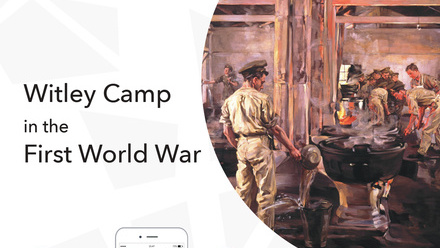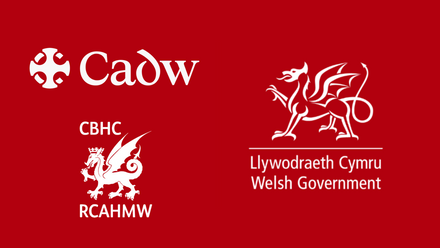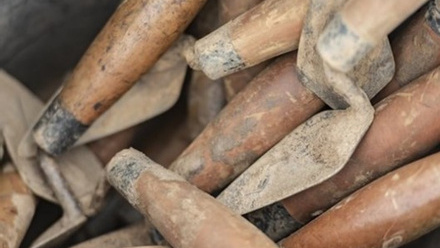Wiltshire and Swindon History Centre serves as a focal point for heritage services in Wiltshire. More than just an archive and records office, it also incorporates museums, archaeology and conservation services. It is the ""passport to the past"" for those interested in Wiltshire and Swindon history.
The Conservation and Museums Advisory Service (CMAS) aims to promote excellence in the care and use of collections by providing conservation advice and practical treatments to heritage organisations and the public. They support museums in Wiltshire to meet professional standards and become sustainable, and offer commercial conservation services for organisations and private individuals.
One of the main aims of removing finds from Archaeological digs is to prevent further damage. Burial environments can often adversely affect materials via thaw/freeze cycles, varying water levels, pH of the soil and salts leaching into materials. By removing finds from the ground, we can prevent some of these adverse conditions from causing further damage.
Have you ever wondered what happens to finds after they’ve been excavated?
This is where the Conservators steps in. Our primary aim is to prevent objects disintegrating once they have been exposed to the non-burial atmosphere. We carry out x-raying of Archaeological finds before going into suitable storage to help identify:
- what the item is
- any weak areas in the structure
- what kind of corrosion layers are present on metals
Conservation treatment may then be carried out:
- to help stabilise the find to prevent further deterioration
- where further research is required to understand the find
- when the find is due to go on display
Currently, we are working on a hoard of Roman coins found by a metal detectorist in Milbourne, Malmesbury. This hoard consists of 1266 coins found within their original pot dating from around the 4th Century, a significant period in Roman history with many changing Emperors. Treatment is being carried out on the hoard to help with identification of each coin, and to ensure they are suitable for display at Athelstan Museum, made possible by funding from The Heritage Lottery and Association of Independent Museums.
The coins arrive to us covered in a layer of dirt, green corrosion and hard green and blue crusts. Gentle mechanical cleaning under a microscope using a scalpel removes these layers. A coat of lacquer protects the coins from humidity whilst on display. Completed batches are then released to a team of dedicated volunteers who document each coin. Due to go on display later this year, check out the website for more details http://malmesburycoinhoard.uk/
So, what about your own finds? Why not come along to one of CMAS’s Conservation Surgeries – every 2nd Thursday of the month - free appointments can be made to talk to our friendly team who can offer advice on how to care for your own hoards. Fancy something a bit more hands on? We are also offering a half day practical workshop in ‘Conservation for Metal Detectorists’ the week beginning the 3rd February 2020. Contact [email protected] for more details.

